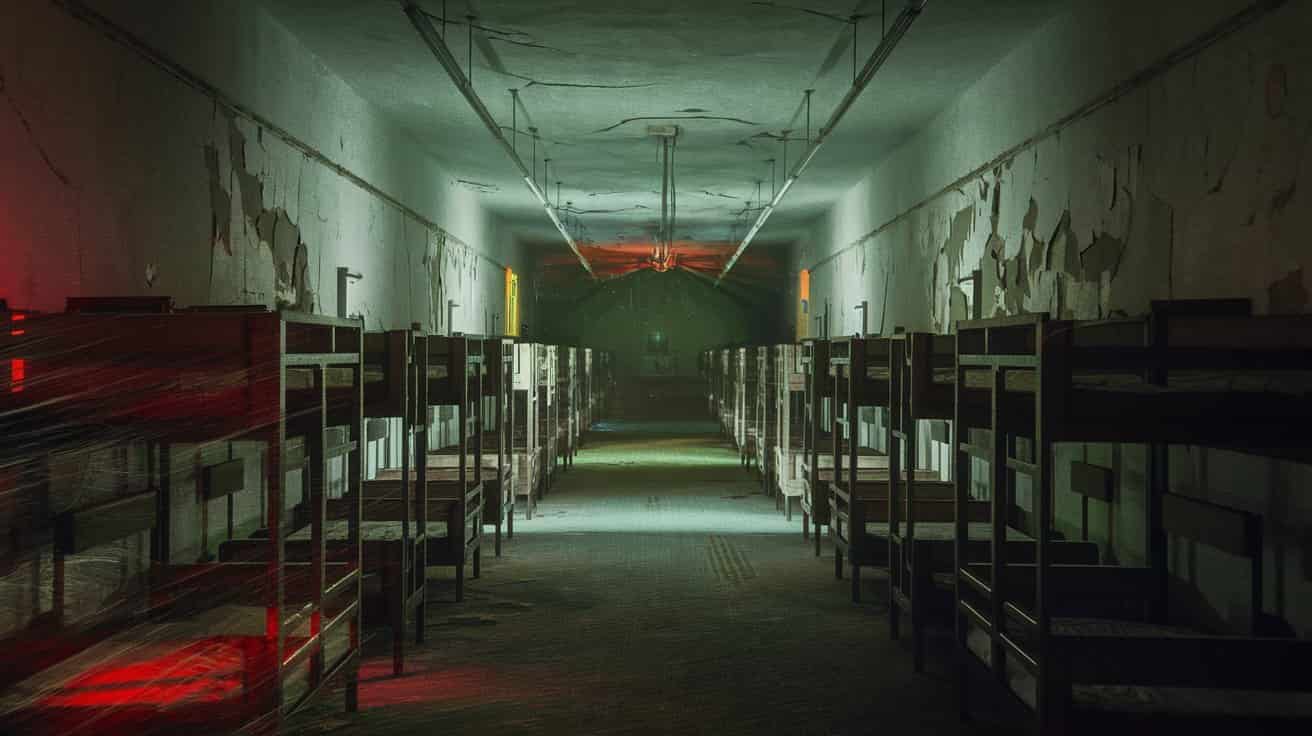Moon Landing Hoax: Conspiracy Theories and Scientific Facts
In 1969, NASA’s Apollo 11 mission marked a historic milestone when Neil Armstrong became the first person to set foot on the Moon. However, this monumental achievement quickly became the target of conspiracy theories known as the “Moon Landing Hoax.” According to these theories, NASA never landed on the Moon, and the event was staged to help the U.S. gain an edge over the Soviet Union during the Cold War space race. While these claims may seem intriguing, they have been repeatedly debunked by scientific and historical evidence.
Key Claims of the ‘Moon Landing Hoax’ Conspiracy Theory
Waving Flag:
One of the most widely cited pieces of evidence by conspiracy theorists is the appearance of the U.S. flag “waving” on the Moon. Since the Moon has no atmosphere, critics argue that it’s impossible for a flag to ripple or flutter like it would on Earth. In reality, the flag doesn’t “wave” as it would on Earth; instead, the flag appears to be waving because of the way it was planted. The flag had a horizontal rod at the top to keep it extended, which created wrinkles and folds. When astronauts were planting it, they moved the flag, and because there is no air resistance, the motion of setting it into the surface made the fabric momentarily shift. The flag remains stationary afterward but retains its shape due to the lack of air, making it appear as though it’s waving when it’s actually just crumpled.
Absence of Stars:
Another argument put forward by those who believe the Moon landing was staged is the absence of stars in the photographs taken on the lunar surface. According to conspiracy theorists, the lack of stars suggests that the photos were taken in a studio with artificial lighting, not on the Moon. However, this can be easily explained by the camera settings used during the mission.
The surface of the Moon is extremely bright due to sunlight reflecting off the lunar soil. In order to properly expose the images of the astronauts and the lunar landscape, the camera’s exposure settings were adjusted to account for the intense sunlight. This exposure setting was too short to capture the faint light from distant stars. In essence, the stars are simply too dim to appear in the photos because the camera’s focus was on the much brighter surface of the Moon. The absence of stars in lunar photos is a natural result of photographic techniques, not proof of a hoax.
Inconsistent Shadows:
The way shadows appear in Apollo 11 photos is often pointed to by conspiracy theorists as evidence of multiple light sources being used, implying that the photos were staged under artificial lighting in a studio. The argument is based on the observation that some shadows seem to fall in different directions, which suggests the use of more than one light source. However, this inconsistency can be explained by the unique conditions on the Moon.
The lunar surface is not flat—it’s full of craters, rocks, and uneven terrain, which causes shadows to appear differently depending on the surface’s contours. Additionally, the Sun’s light can be reflected off the lunar surface, creating secondary light sources that can cause subtle variations in shadow angles. This is especially true in the case of the long shadows cast by the astronauts and their equipment. These shadow inconsistencies are not signs of artificial lighting but are instead the result of the Moon’s rugged terrain and the way sunlight interacts with it.
Evidence Supporting the Moon Landing
Equipment Left on the Moon:
One of the most compelling pieces of evidence that supports the authenticity of the Moon landings is the equipment left behind on the lunar surface. During the Apollo missions, astronauts deployed retroreflectors—special devices designed to reflect laser beams back to their source. These retroreflectors remain on the Moon today, and scientists use them for ongoing experiments. By sending a laser beam from Earth to these retroreflectors, scientists can measure the exact distance between the Earth and the Moon with incredible precision. This experiment, known as lunar laser ranging, has been active for decades, providing valuable data about the Moon’s distance from Earth, its orbit, and other lunar phenomena. The presence of these retroreflectors can only be explained by humans placing them on the Moon. This is irrefutable proof of the landings.
Independent Verifications:
Another key piece of evidence supporting the Moon landings comes from independent verification by other countries. This includes the Soviet Union, the U.S.’s Cold War rival. During the space race, both the U.S. and the Soviet Union were heavily involved in tracking each other’s space missions. The Soviet Union tracked the Apollo missions using their own radar and ground stations. They did not dispute the authenticity of the landings. In fact, Soviet space officials publicly acknowledged the achievements of the Apollo program. If the landings had been a hoax, it is highly unlikely. The Soviet Union would have remained silent about it. The Soviet Union was in direct competition with the U.S. The fact that an adversary power independently verified the missions further confirms their legitimacy.
Lunar Rocks:
The lunar rocks brought back to Earth by the Apollo missions provide another piece of solid evidence. Over 800 pounds (about 380 kilograms) of lunar rocks and soil were brought back by Apollo astronauts. These rocks have unique properties that distinguish them from any terrestrial rock. They include a distinctive mineral composition that cannot be found on Earth. For example, the rocks contain a high level of isotopes, like helium-3. Helium-3 is rare on Earth but abundant on the Moon’s surface. Additionally, lunar rocks have been studied by scientists worldwide. They have been shown to have different chemical structures and textures from any rocks on Earth. The scientific community would have immediately detected if these rocks were fabricated. This makes them a powerful testament to the fact that the Apollo missions did indeed land on the Moon.
Modern Satellite Images:
In recent years, modern spacecraft have provided further evidence of the Apollo landings. NASA’s Lunar Reconnaissance Orbiter (LRO), launched in 2009, has captured high-resolution images of the Moon’s surface. These images include detailed photos of the Apollo landing sites. These images clearly show the remnants of the Apollo landers and the paths left by the astronauts’ footprints. They also reveal the scientific equipment left on the lunar surface. Some photos even show the shadow of the lunar module on the ground and the tracks from the astronauts’ rovers. These satellite images, taken from orbit around the Moon, confirm that the Apollo missions landed where they claimed. Physical evidence of their activities remains on the lunar surface.
Why Do Conspiracy Theories Persist?
Several factors contribute to the enduring popularity of these theories:
- The Cold War Legacy: The political climate of the time and widespread distrust in governments fueled these claims.
- Lack of Scientific Knowledge: The complexity of the technological achievements behind the Moon landing often leads to misinterpretation.
- Impact of Popular Culture: Documentaries, books, and films have sensationalized these claims, making them more appealing to the public.
Final Thoughts on the ‘Moon Landing Hoax’ Theory
The Moon Landing Hoax is a baseless attempt to undermine one of humanity’s greatest scientific achievements. The overwhelming scientific evidence supporting the Apollo 11 mission highlights the flaws in these conspiracy theories. With critical thinking and reliance on facts, it becomes evident that the Apollo 11 mission was a remarkable achievement. It remains a monumental moment in human history.



Post Comment